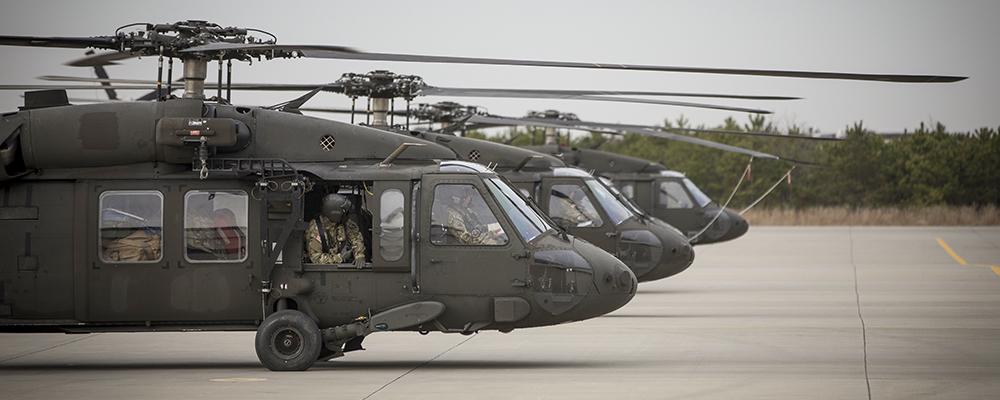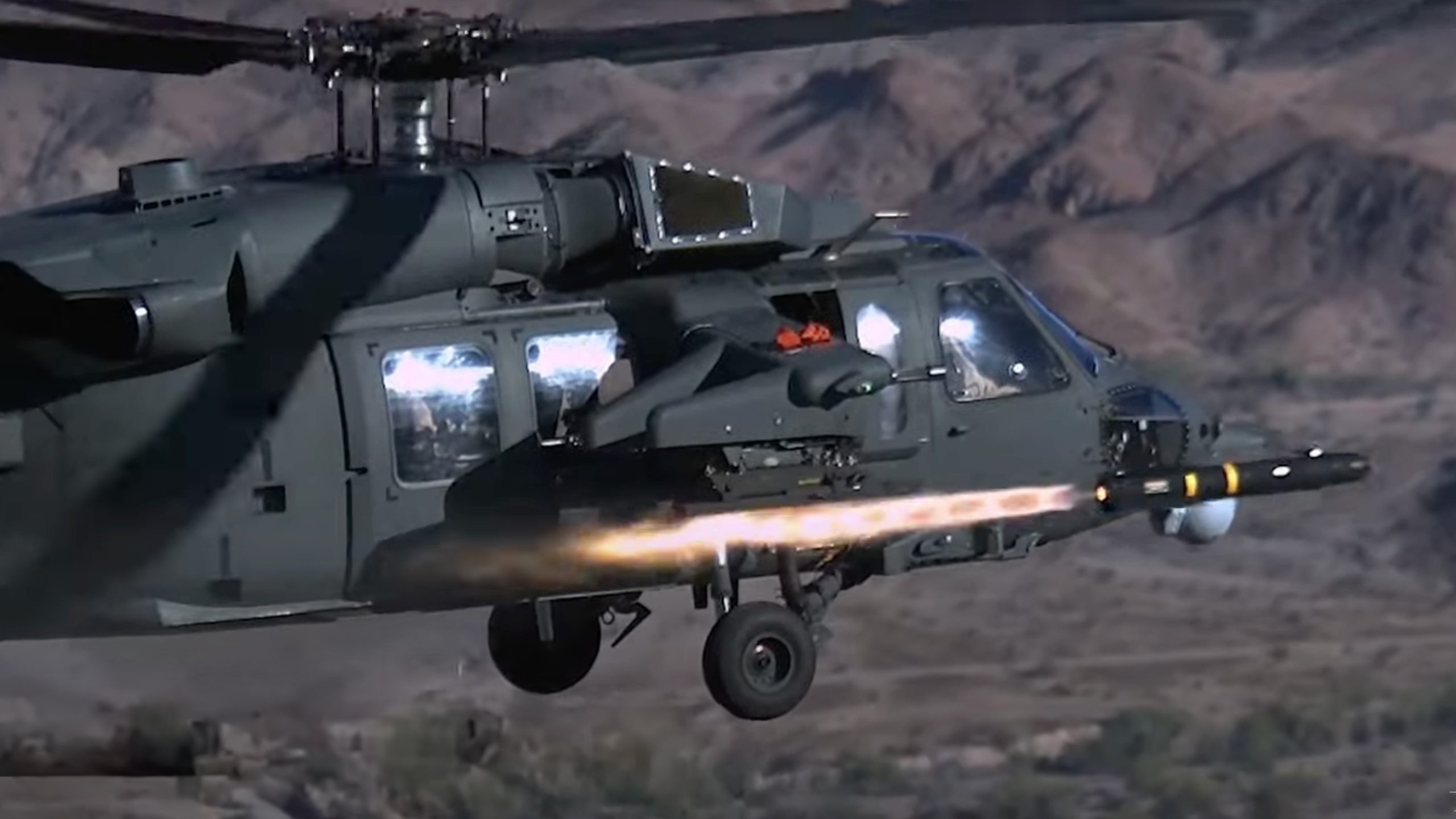How the UH 60 Revolutionized Tactical Air Mobility and Combat Support
How the UH 60 Revolutionized Tactical Air Mobility and Combat Support
Blog Article
Exploring the Background and Development of the UH 60 Helicopter

Origins of the UH-60
The origins of the UH-60 helicopter can be traced back to the late 1960s, a period noted by the requirement for a flexible utility aircraft that might adjust to the advancing needs of modern-day warfare. The U.S. Military recognized the necessity for a replacement for the older UH-1 Iroquois, which was ending up being increasingly poor for the complexities of contemporary combat scenarios. In 1967, the Army initiated the Energy Tactical Transportation Airplane System (UTTAS) program, which looked for to create a multi-role helicopter efficient in different goals, including troop transportation, clinical discharge, and logistical support.
The UH-60 Black Hawk was presented, showcasing ingenious design elements and progressed innovation that set it apart from its predecessors. The UH-60 promptly obtained acknowledgment for its durable efficiency, dependability, and flexibility, paving the means for its comprehensive usage in army procedures and strengthening its condition as a keystone of United state Military aeronautics.
Key Design Features
Cutting-edge design functions of the UH-60 Black Hawk substantially contribute to its operational performance. One of the most notable elements is its twin-engine configuration, which improves integrity and gives a higher power-to-weight proportion, making it possible for the helicopter to execute under various conditions. The airplane's four-blade major rotor system uses boosted lift and ability to move, necessary for tactical goals.

Furthermore, the cabin is designed for optimum visibility and ergonomics, featuring advanced avionics that enhance pilot procedures. The modular style of the UH-60 permits for simple maintenance and adaptability, making it appropriate for different mission accounts, from army transportation to medevac operations. These key layout functions guarantee that the UH-60 Black Hawk continues to be a flexible and reliable possession in army aviation, efficient in fulfilling the demands of contemporary war.
Technical Developments
Current technical developments in the UH-60 Black Hawk have actually significantly improved its operational capabilities and convenience. The combination of advanced avionics, such as digital trip control systems and boosted situational awareness screens, enables pilots to run with raised precision and performance. These systems promote boosted navigation, communication, and information sharing, allowing the helicopter to function efficiently in varied settings.
Furthermore, the introduction of composite products has actually minimized the total weight of the airplane while maintaining architectural integrity. This decrease boosts fuel performance and prolongs functional range. The consolidation of sophisticated rotor innovation, consisting of using four-blade, completely verbalized blades systems, has enhanced lift performance and maneuverability, permitting much better handling in different flight conditions.

Additionally, developments in propulsion systems, such as the T700-GE-701D engines, have enhanced power outcome and dependability - uh 60. These engines add to remarkable efficiency in high-altitude and hot-weather conditions
Finally, the combination of self-defense systems and enhanced sensor bundles improves the Black Hawk's survivability and objective effectiveness. Jointly, these technical enhancements guarantee that the UH-60 Black Hawk remains a vital property in modern-day aeronautics, with the ability of adapting to the developing needs of altruistic and military missions.
Role in Military Procedures
As the backbone of U.S. Army aviation, the UH-60 helicopter plays a vital function in various army operations, acting as a flexible system for battle support, transport, and medevac missions - uh 60. Its layout includes the ability to run in varied environments, making it important for army motion and logistical assistance in both traditional and unconventional war

In clinical evacuation circumstances, the UH-60 has actually proven invaluable, dramatically lowering the moment to carry wounded soldiers from the field of battle to clinical centers. Its sophisticated avionics and evening vision capacities further make certain objective success under challenging problems. Generally, the UH-60 helicopter remains a vital property, constantly adapting to satisfy the developing needs of armed forces operations and improving the effectiveness of united state forces worldwide.
Future of the UH-60
Looking in advance, the future of the UH-60 helicopter includes substantial innovations in you can try here innovation and capabilities made to boost its operational performance. As military procedures develop, the UH-60 is anticipated to integrate cutting-edge technologies, consisting of improved avionics, improved weapons systems, check it out and progressed interaction tools. These enhancements will certainly allow for higher situational recognition and mission versatility, making certain that the UH-60 remains an important property on the combat zone.
One noteworthy development is the combination of fly-by-wire systems, which will certainly enhance trip control accuracy and minimize pilot work. Initiatives to upgrade the airframe and engines aim to raise haul, array, and rate ability, therefore expanding the helicopter's operational scope.
The future additionally holds promise for enhanced interoperability with unmanned airborne systems (UAS), allowing worked with goals that utilize both manned and unmanned capabilities. Additionally, the consolidation of expert system and machine knowing can enhance flight characteristics and maintenance processes, resulting in minimized functional costs.
Verdict
The UH-60 Black Hawk helicopter stands for a substantial accomplishment in armed forces aviation, evolving from the united state Army's initial requirements for a functional energy aircraft. Its innovative layout attributes and continual technological improvements have guaranteed its significance in numerous army procedures over the years. As the demands of modern-day warfare modification, the future of the UH-60 will likely entail additional improvements and adjustments, reinforcing its status as an important property for militaries worldwide.
The UH-60 Black Hawk helicopter represents a considerable landmark in military aeronautics, emerging from the United state Army's quest for a much more dependable and functional utility airplane in the late 20th century.The click for info origins of the UH-60 helicopter can be traced back to the late 1960s, a duration noted by the need for a versatile utility aircraft that could adapt to the developing demands of modern warfare. On the whole, the UH-60 helicopter stays an essential asset, continuously adjusting to meet the advancing demands of army operations and improving the performance of U.S. forces worldwide.
Looking in advance, the future of the UH-60 helicopter entails substantial developments in innovation and capacities developed to boost its operational performance.The UH-60 Black Hawk helicopter represents a considerable accomplishment in military aviation, advancing from the United state Army's preliminary demands for a versatile utility airplane.
Report this page